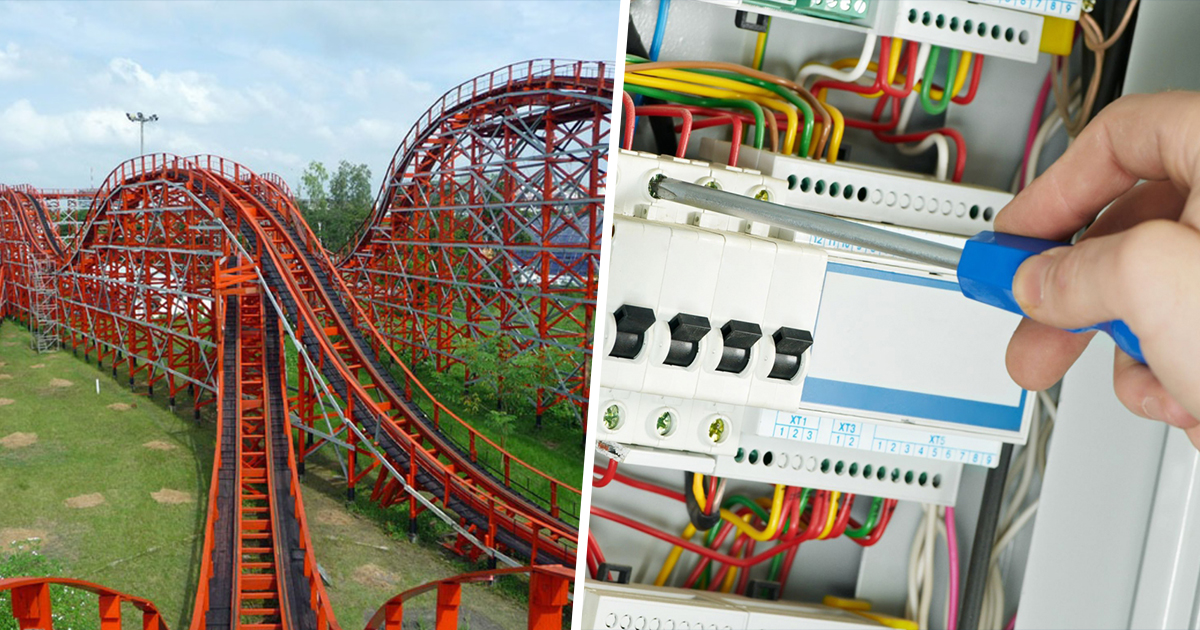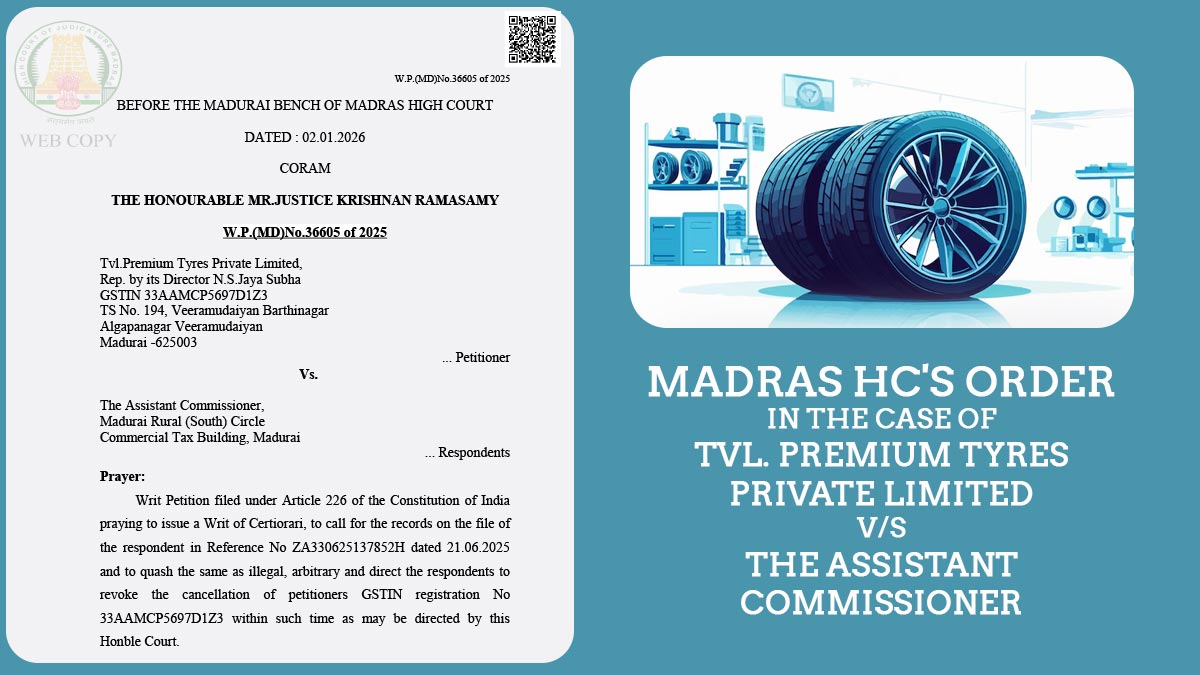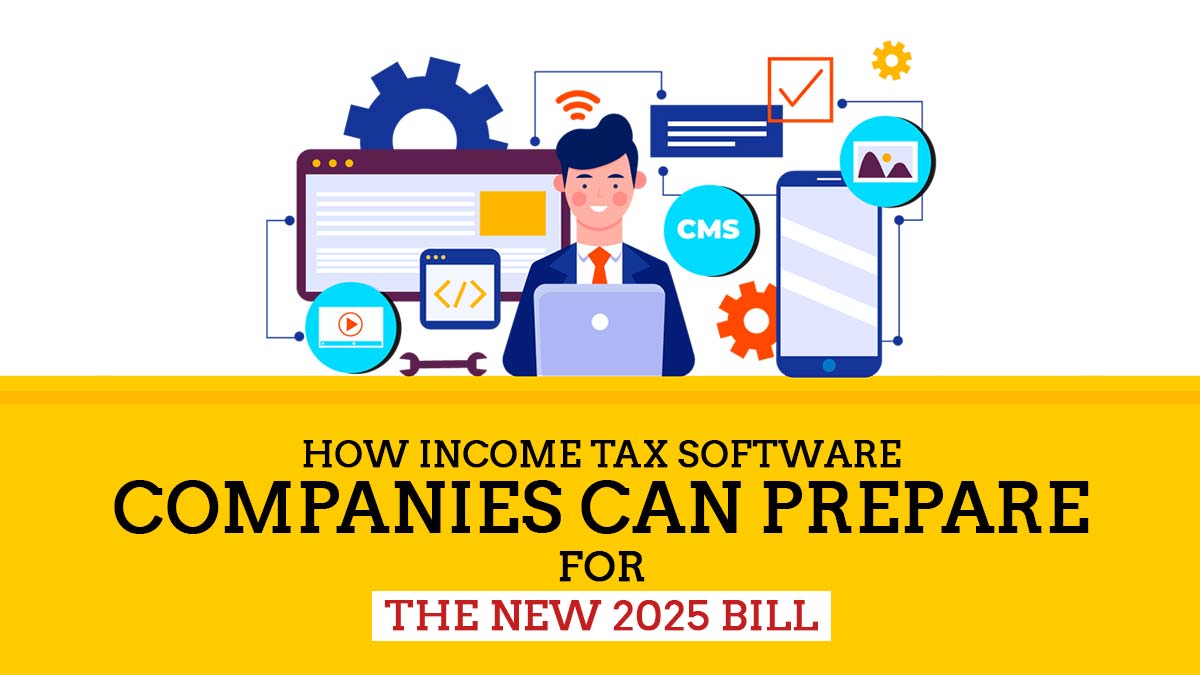After the announcement of Goods and Service Tax (GST) Rate by Government of India in GST Council Meeting, Amusement Park and Electrical Firms are falling under the 28 percent slab rate in the indirect taxation structure. Both of the sectors are now requesting to the Government to impose a lower tax rate under the new GST Regime.
From a year, in several states when the taxation rate was negligible, service tax added up to 15 percent but after the implementation of GST, a huge load will fall on the head of amusement parks industry.
The new indirect taxation structure puts the amusement industry catering to outdoor entertainment for children, youth and families at par with the casinos, betting and race courses. This industry also plays an important role in interacting social infrastructure and attract tourism.
The government has announced 28 percent tax rate on amusement parks under the upcoming GST Regime. Industry is urging to impose lower tax rates in upcoming Goods and Service Tax (GST). New Taxation Structure Regime will not only affect the amusement industry but also restricts newcomers in the particular industry.
Currently, the amusement industry is in the beginning stage in the country and it is one of the industries which requires a large investment of money for both Capex and Opex (Operational Expenditure). It requires nearly Rs 700 crores for mega parks and Rs 100 crores for mid-sized parks
Shirish Deshpande, President, Indian Association of Amusement Parks and Industries (IAAPI) and CEO, Pan India Paryatan Pvt. Ltd. (PIPPL) said, “Amusement parks have a direct correlation with the development of tourism in any state and play a major role in creating employment both directly and through ancillary and other related industries.”
According to Deshpande, “In view of this, as a representative of the industry, we would like to urge the government to consider our standpoint and treat the industry in line with hospitality and restaurants which fall in the GST slab of 12 to 18 percent, on top of it this industry does not consume major raw materials and input credit is not more than two to three percent therefore it makes amusement industry unviable to sustain such high GST rate.” He also added Globally, in markets where ever GST has been introduced, tourism rate has been kept half of the GST rate and in most cases, it is under 10 percent. The GST rate in Australia is 10 percent, in Singapore, it is seven percent and is five percent in Japan.
On one hand, it affects the demand of tourism industry and on another hand, it creates an economic multiplier effect on a country’s GDP, which creates business chances in several multiple sectors such as transport, food and beverage and hospitality and more.
Rajeev Jalnapurkar, CEO of Ramoji Filmcity said, “Imposing such high rates of taxation is detrimental to the prospects of our business making it unviable besides putting thousands of jobs at stake. The amusement park industry is still at its nascent stage and requires significant support from the government’s end to make the industry flourish in its full dynamism. We strongly advocate the government to rethink its decision and support our industry by bringing it under the aegis of the tourism industry.”
The Western India Electrical Accessories Manufacturers Association has requested to the Indian Government to impose lower tax rate on electrical equipment under the GST Regime from the proposed 18-28 per cent to 12 per cent.
On one hand, the center has planned 18 percent on switches, fuses, lightning arresters, surges and so on, while on another hand, 28 percent on electrical apparatus for switching or protecting electrical circuits like switches, relays, fuses, surge suppressors, plugs, sockets and lamp holders.
Ashok V, President of the Association, said that “The proposed rates of GST for electrical apparatus not exceeding 1,000 volts has left the entire electrical apparatus manufacturing industry in deep gloom. This move will virtually wipe out the electrical accessories industry.”
Approximately 95 percent of small scale business units does not pay central excise duty. But this sector brings Rs 50,000 crore to the economy. The GST must have to be paid on invoices or receipts for payment, whichever happens, earlier, against replacing VAT payment on the sale of goods.










